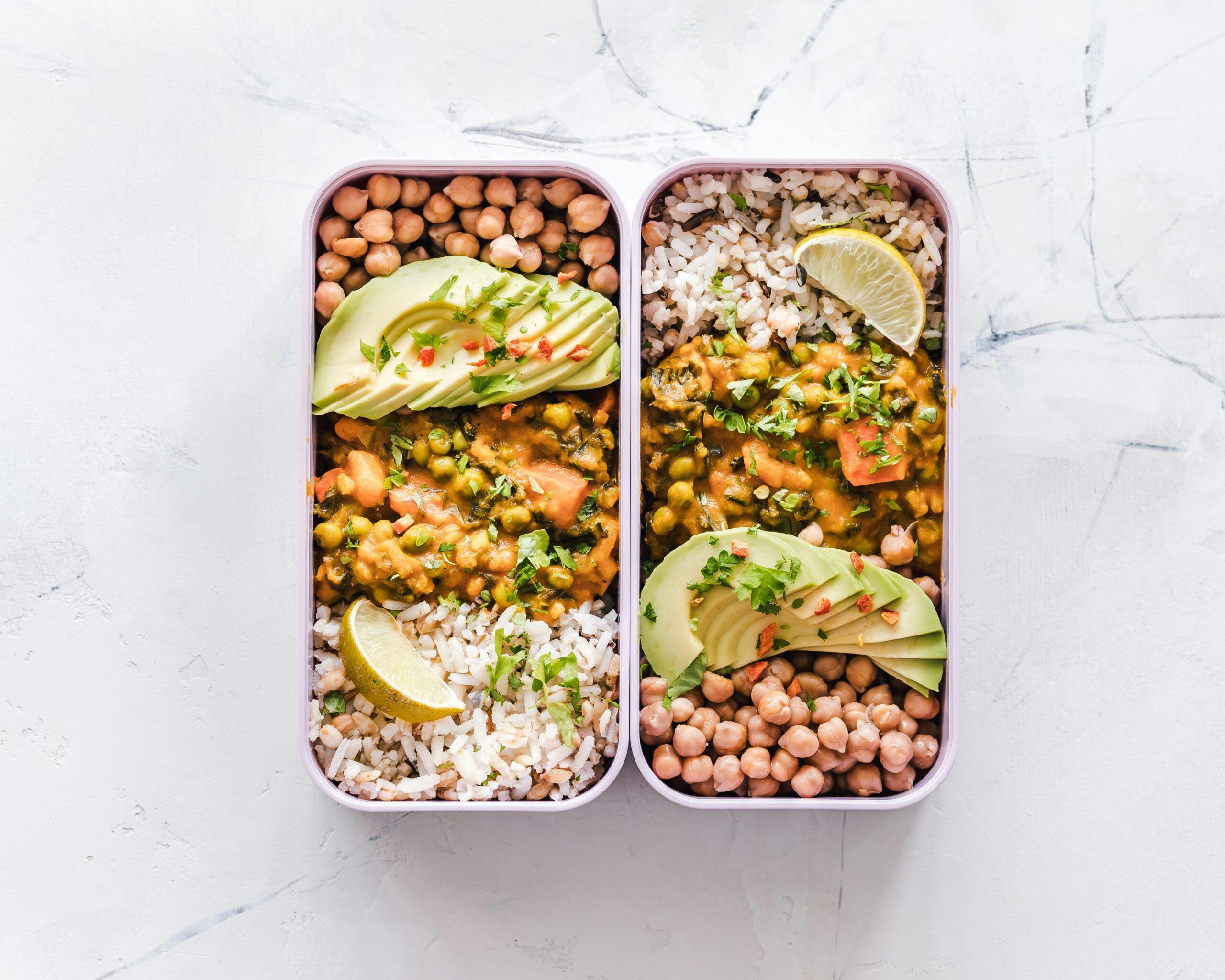Would you swap your steak for a cricket burger if it meant saving the planet?
It might sound like something out of a sci-fi movie, but edible insects are crawling their way into the future of food—and they just might be the sustainable superfood we’ve been searching for.
Let’s dig into why bugs might be on your plate sooner than you think (and why that’s a good thing).
🥩 The Protein Problem: Why We Need a Change
By 2050, the world population is expected to reach nearly 10 billion people. That’s a lot of mouths to feed—and a lot of protein to provide.
The Catch:
- Traditional livestock farming (cows, pigs, chickens) is resource-intensive.
- It contributes to 14.5% of all human-induced greenhouse gas emissions.
- It requires massive amounts of water, land, and feed.
So, what’s the alternative? Enter: insect protein.
🦗 Why Insects? The Superpowers of Bug-Based Protein
Insects are more than just creepy-crawlies—they’re nutritional powerhouses. Here’s why:
🌱 Sustainability
- Insects produce far fewer greenhouse gases than livestock.
- They require significantly less water and land.
- They can be raised on food waste, turning trash into treasure.
💪 Nutrition
- High in complete protein (contains all 9 essential amino acids).
- Rich in iron, calcium, fiber, and healthy fats.
- Low in carbs and ideal for high-protein diets.
📈 Efficiency
- Crickets require 12x less feed than cattle, 4x less than sheep, and 2x less than pigs.
- They grow quickly and reproduce rapidly, making them a hyper-efficient protein source.
🌍 Who’s Eating Bugs? (Spoiler: Millions Already Are)
You may not see cricket tacos on every menu in the U.S. yet, but 2 billion people around the world already include insects in their diets.
Insect Delicacies Around the World:
- Thailand: Fried grasshoppers as street food.
- Mexico: Chapulines (toasted grasshoppers) with lime and chili.
- Uganda: Nswaa (pan-fried termites) are a delicacy.
Even high-end restaurants in Europe and the U.S. are experimenting with insect-based dishes. The trend is gaining traction—and it’s only the beginning.
🍫 From Flour to Bars: Insect Protein in Your Snacks
If eating whole bugs isn’t your style, no worries—insect protein is sneaking into food in surprisingly familiar ways.
Insect-Infused Products on the Market:
- Cricket protein bars (like Exo or Chapul)
- High-protein pasta made from cricket flour
- Baking flour blends for pancakes and muffins
- Pet foods and animal feeds fortified with mealworm protein
These products offer the benefits of insect protein without the “ick” factor.
🤔 What’s Holding People Back?
Despite the benefits, insect protein still faces a few hurdles:
- The ick factor – Many Western consumers are hesitant to eat bugs due to cultural norms.
- Regulatory challenges – Not all countries have approved insects for human consumption.
- Limited availability – While growing, the industry is still in early stages.
But as awareness grows, so does acceptance—especially among Gen Z and Millennials, who are more open to sustainable alternatives.
🧪 Real-World Example: Insects on the Rise in Europe
The European Union approved yellow mealworms for human consumption in 2021, marking a significant step for the industry.
Since then, companies like Ÿnsect (France) and Protix (Netherlands) have received millions in funding to develop large-scale insect farming operations for both human food and animal feed.
✅ Final Thoughts: Are You Ready for the Bug Revolution?
Insect protein is more than a novelty—it’s a serious solution to some of our biggest food sustainability challenges.
Here’s why it matters:
- 🌍 Reduces environmental impact
- 💪 Delivers dense nutrition
- 🌾 Supports global food security
- 🧠 Challenges us to rethink what we eat
So… will your next protein shake come with a side of cricket powder?



